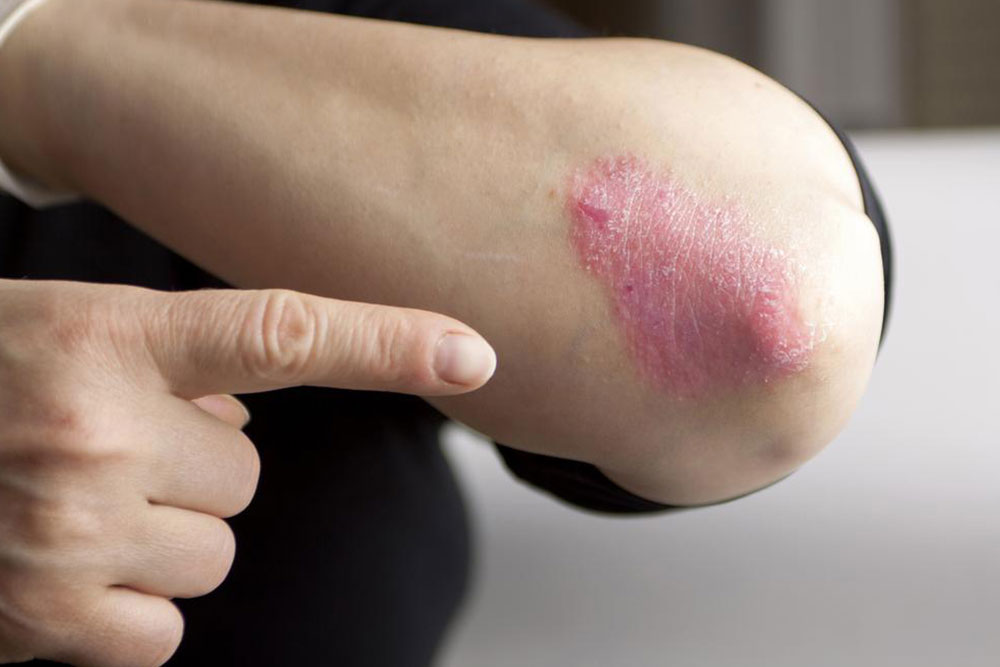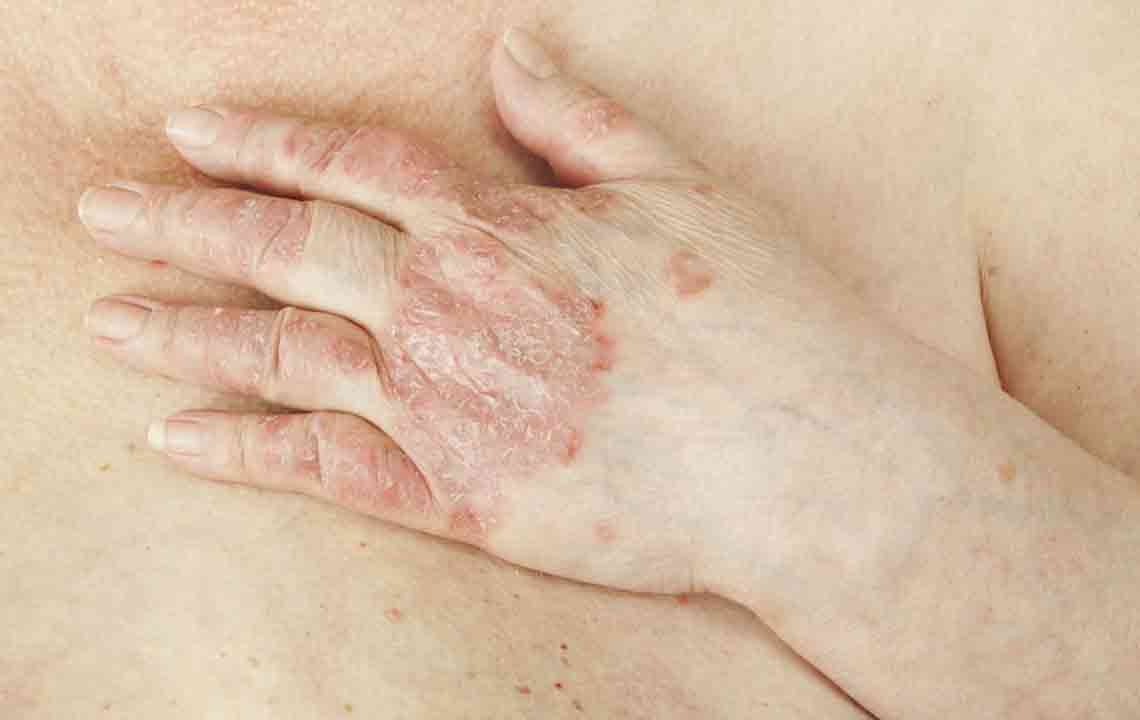Understanding Chronic Psoriasis: Types and Management Strategies
This article explores the different types of chronic psoriasis and effective treatment strategies. Understanding the signs and severity helps in selecting appropriate therapies. While psoriasis has no cure, symptom management improves quality of life. Key types include plaque, guttate, pustular, inverse, erythrodermic, nail, and psoriatic arthritis. Treatments involve topical creams, light therapy, and medication, depending on individual cases. Early diagnosis and tailored treatment plans are essential for managing this autoimmune condition effectively. Consult healthcare professionals for personalized care.

Understanding Chronic Psoriasis: Types and Management Strategies
Experiencing persistent redness, itching, or flaky patches on your skin? It could be a sign of psoriasis, a long-term autoimmune skin disorder. This condition manifests as inflamed, scaly patches that can be uncomfortable or painful. Psoriasis varies in severity and form, which influences treatment options. Although its exact cause remains unknown, factors like stress, genetics, and environmental triggers contribute to its development.
Effective management depends on the specific type and extent of psoriasis. Various treatment approaches aim to reduce symptoms and improve quality of life.
Symptom severity guides treatment strategies for psoriasis. Key signs include red patches, silvery scales, itching, and joint discomfort. These symptoms stem from underlying skin and immune system changes rather than surface-level issues. Identifying the specific psoriasis type helps determine the most effective treatment plan.
There are seven primary types of psoriasis, which may present alone or in combination. Sometimes, new psoriasis forms may develop due to triggers after previous symptoms resolve. The main types include:
Plaque psoriasis – The most prevalent form, characterized by raised, red areas covered with silvery scales. Commonly affects elbows, scalp, lower back, and knees, causing itching and burning.
Guttate psoriasis – Often seen in young people, presenting as small pink-red spots. Stress, infections, or injuries can trigger this type.
Pustular psoriasis – Uncommon and mainly in adults, featuring pus-filled bumps and surrounding redness. Widespread pustular psoriasis requires urgent medical attention.
Inverse psoriasis – Features shiny, red, scale-free patches in skin folds like armpits and groin, worsened by sweating or scratching.
Erythrodermic psoriasis – A severe, rare form covering most of the body with fiery, peeling skin, potentially leading to serious complications.
Nail psoriasis – Causes nail pitting, discoloration, separation, and pain, often linked with psoriatic arthritis.
Psoriatic arthritis – Combines joint inflammation with psoriasis, resulting in joint pain, swelling, and warmth.
Treatment varies by psoriasis type and severity. For plaque psoriasis, moisturizer application and steroid creams, sometimes combined with light therapy, are common. Guttate psoriasis may require treating infections, steroids, or light therapy. Inverse psoriasis responds well to topical steroids and oral medications. Pustular cases often involve corticosteroids and light therapy, depending on affected areas. Although the condition cannot be cured, tailored treatments can significantly reduce symptoms and improve well-being.










